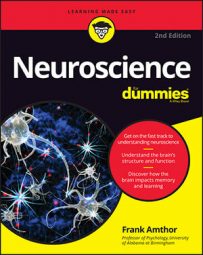Pain can also arise from psychological factors or from factors that cannot be medically identified and are assumed to be psychological. Examples include some types of chronic pain and depression.
Pain from both medically identified sources and that which is psychological (or cognitive) appears to activate a brain area called the anterior cingulate cortex. The anterior cingulate cortex is the anterior portion of an area of the mesocortex, just above the corpus callosum.
The anterior cingulate appears to be a high-level cortical monitoring center. It tends to be activated by pain, anticipation of pain, and failure in goal-seeking activity. Its function seems to be to arbitrate between taking different strategies in response to experience.
At a low level, after placing your hand on a hot stove burner, it may make you cautious when you're around the stove. At a higher level, getting reprimanded for sending a flaming email at work may make you wary of doing so again.
Considerable individual differences with respect to pain tolerance exist, just as there can be differences in tolerance in different situations for a particular person. Men are reported to be less tolerant of chronic pain than women, though they are more tolerant of acute pain.Pain tolerance generally increases with age, based on tests for pain tolerance such as the total time one can stand to have one's arm immersed in ice water. It is not clear whether the increase in tolerance with age is based on psychological or physical factors. Athletic training and strong motivation to obtain some goal can significantly reduce the disabling effects of pain.
Suggestions that different cultures or ethnic groups have intrinsically different pain thresholds — in other words, there's a physiological difference among cultures about pain tolerance — have almost always been shown to be the effect of at what point the perceived stimulus is reported as painful or unbearably painful, not whether the pain itself is perceived.
Cultures that encourage expression of emotions in general tend to be associated with lower pain-reporting tolerance.

